Archeologist Believes Mating Between Neanderthals and Modern Humans Was the Result of ‘Failed Alliances’
In the late 1800s, archeologists discovered that Homo sapiens once lived alongside other ancient humans, known as Neanderthals. Over the last few centuries, we’ve learned more about Neanderthals and how they interacted with Homo sapiens tens of thousands of years ago.
Thanks to the discovery of more fossils, scientists have been able to get a better picture of how Neanderthals lived and acted. Recently, they’ve realized that Neanderthals and Homo sapiens mated — and discovered why this mating happened.
The Changing Opinion of Neanderthals
When Neanderthal fossils were first discovered in the 1800s, many scientists believed these early humans were apelike. The idea that they were not smart and not nearly as intelligent as Homo sapiens became a prevalent talking point for the public.

Source: Fährtenleser/Wikimedia Commons
However, this view of Neanderthals has changed, thanks to growing evidence found around the world. Fossils and tools found in caves have revealed that Neanderthals were intelligent and incredibly creative beings.
Neanderthals and Homo Sapiens
Neanderthals and Homo sapiens coexisted together for over 2000 years about 40,000 to 50,000 years ago. Within these 2000 years, Neanderthals eventually would become extinct and disappear completely about 40,000 years ago.
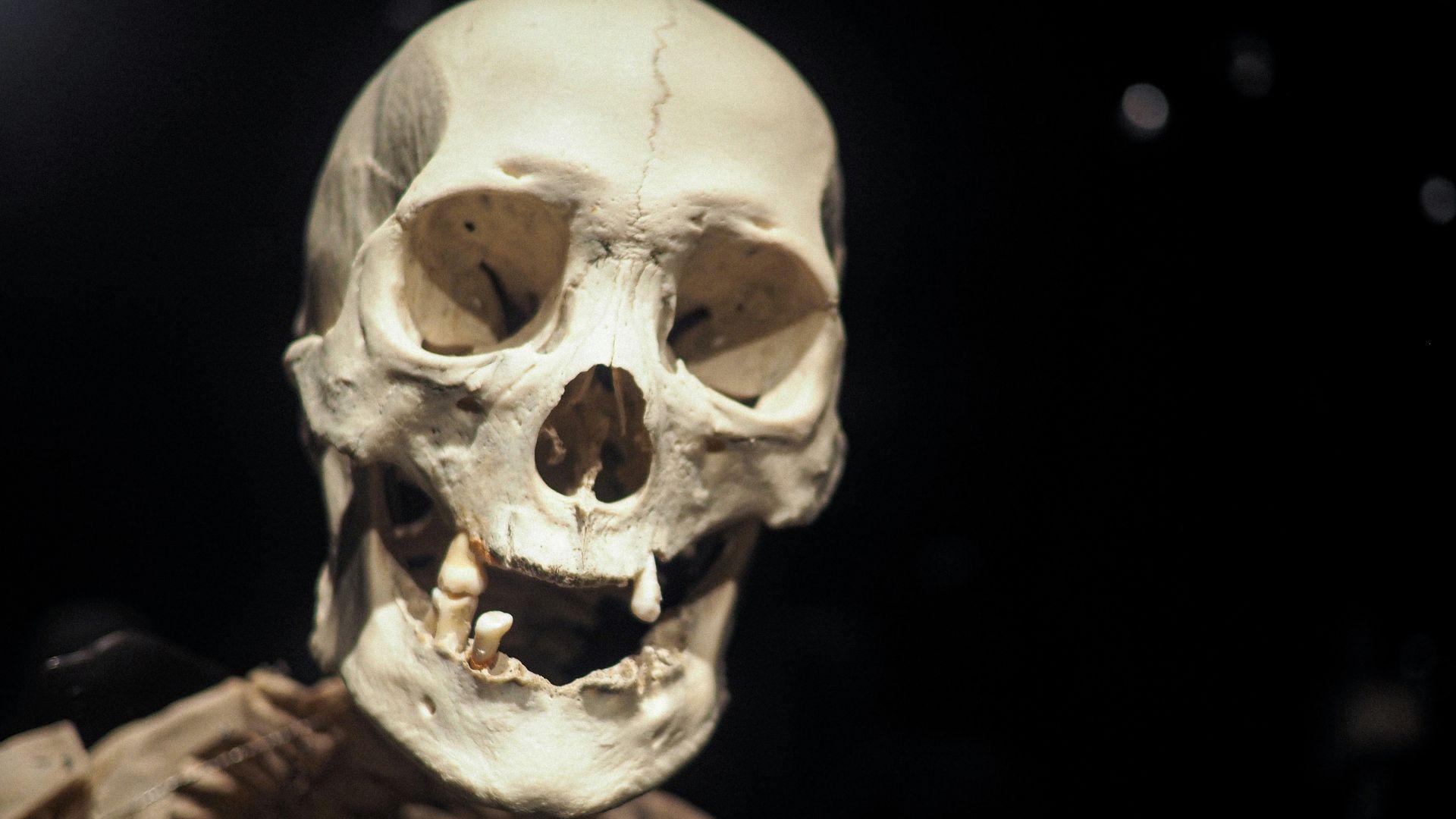
Source: Arthur Lambillotte/Unsplash
Homo sapiens, of course, remained and proliferated. While the extinction of Neanderthals — and why they went extinct — is debated by scholars today, the connection between Homo sapiens’ arrival and Neanderthals’ extinction is noteworthy.
The Coexisting of Neanderthals and Homo Sapiens
Scientists have long since studied how Neanderthals and Homo sapiens lived together thousands of years ago. Once they discovered that these two species did, in fact, coexist, many were interested in how they may have dealt with each other.
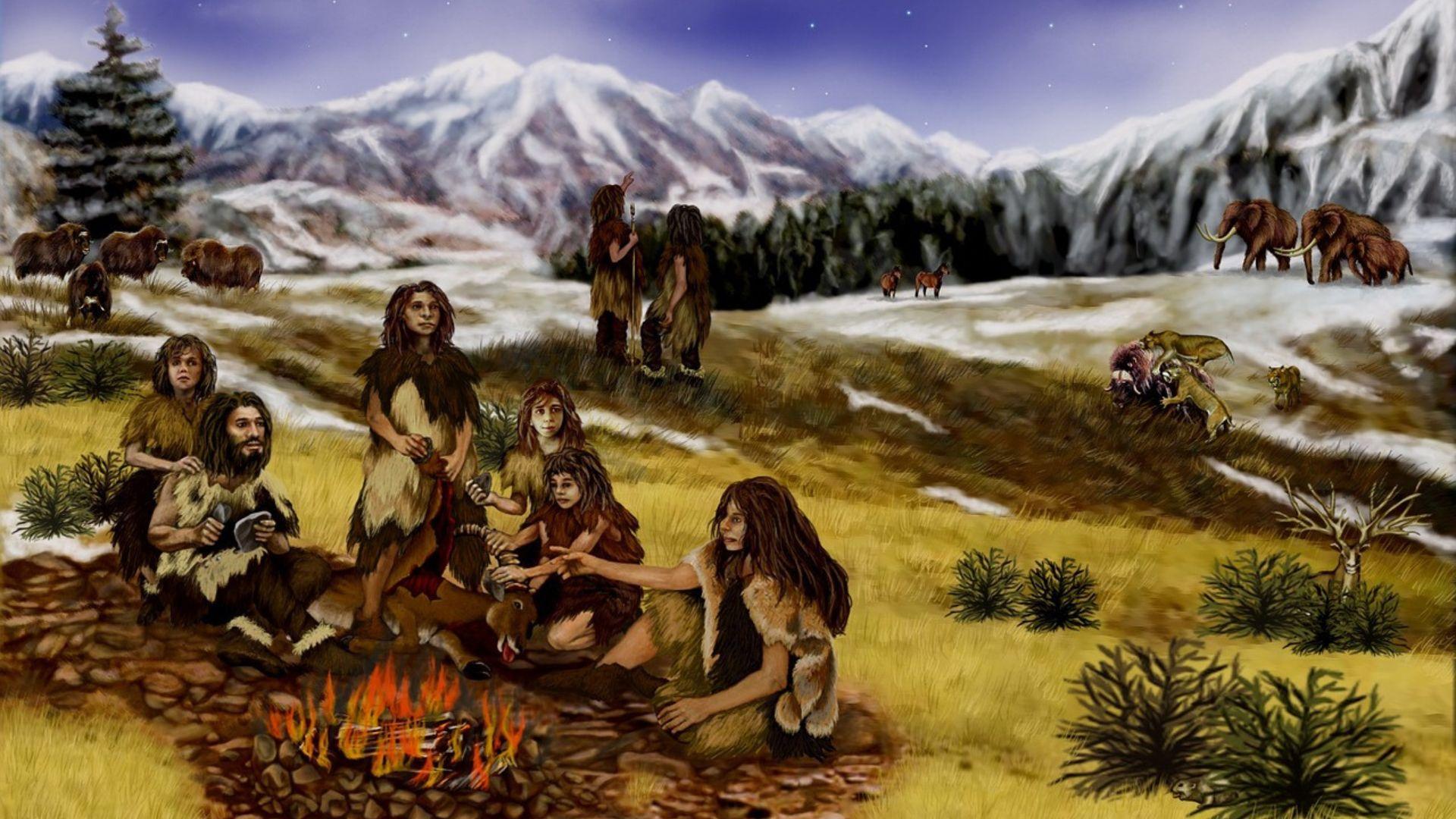
Source: 12019/Pixabay
Now, new research is revealing that Neanderthals and Homo sapiens mated at multiple points of their coexistence. However, this new evidence reveals just how peculiar this mating is.
Present Day Humans Have Neanderthal DNA
Recent scientific studies have proven that many humans alive and well today carry a small amount of Neanderthal DNA. Just about all humans have these ancient genes, though some people from certain parts of the world (such as Europeans) may have more than others.

Source: Timon Studler/Unsplash
About 1% to 4% of a present-day human’s DNA contains Neanderthal genes. As a result of this discovery, it’s clear that Neanderthals interbred with Homo sapiens thousands of years ago before they went extinct.
The Peculiarity of This Mating
Clearly, these two ancient humans interacted with each other 40,000 to 50,000 years ago. However, the oddity of this mating lies in the fact that Neanderthal fossils do not have any Homo sapiens DNA.
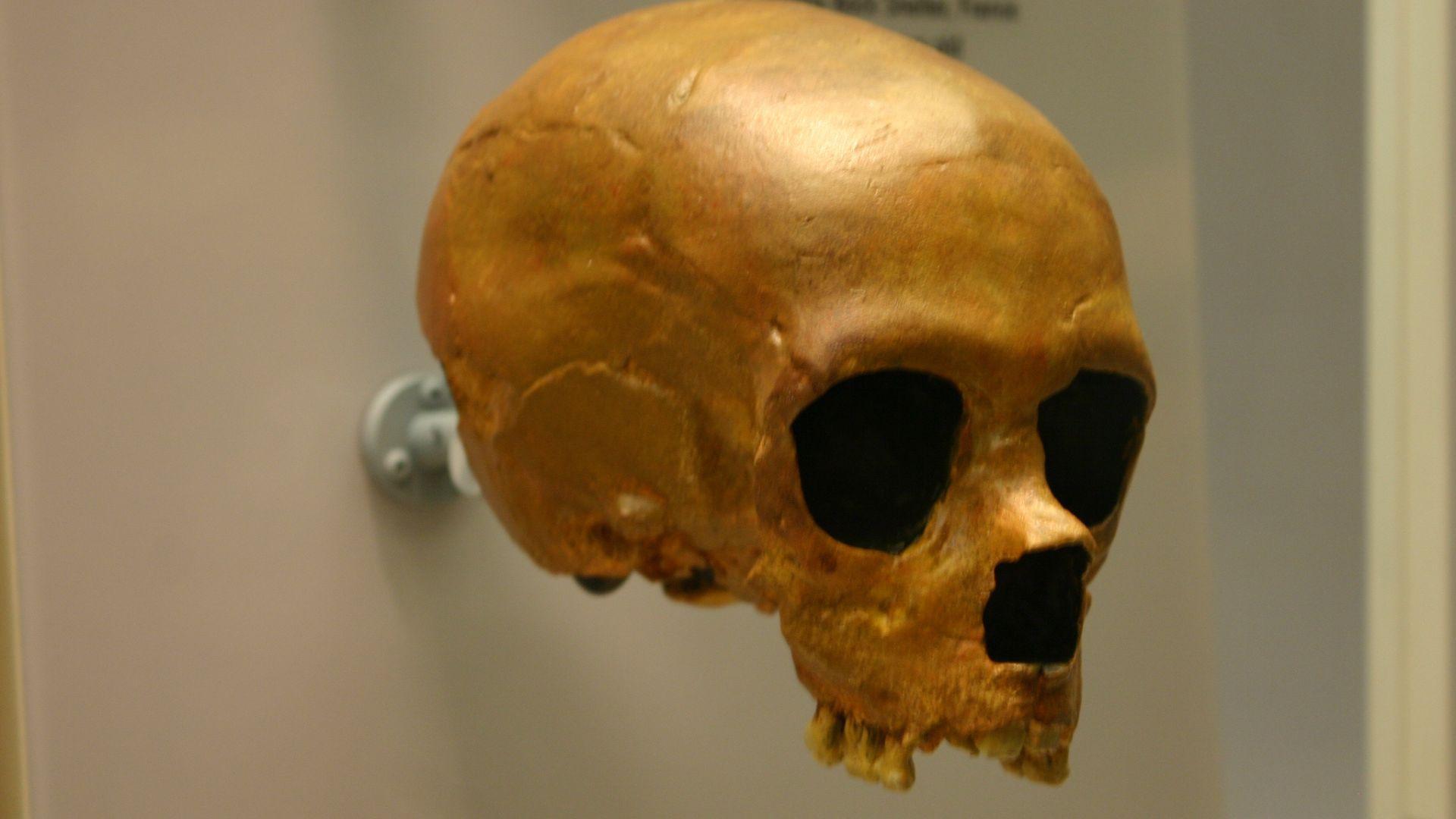
Source: Ryan Somma/Unsplash
Archeologists have not found one Neanderthal fossil with Homo sapiens DNA. This means that while some level of mating was occurring between both species, it was not equal.
A Normal Coexistence
In normal ancient societies, when two almost identical peoples or species lived near one another, it is natural to see that mating between the two occurred. However, this is not necessarily what we see between ancient Neanderthals and Homo sapiens.
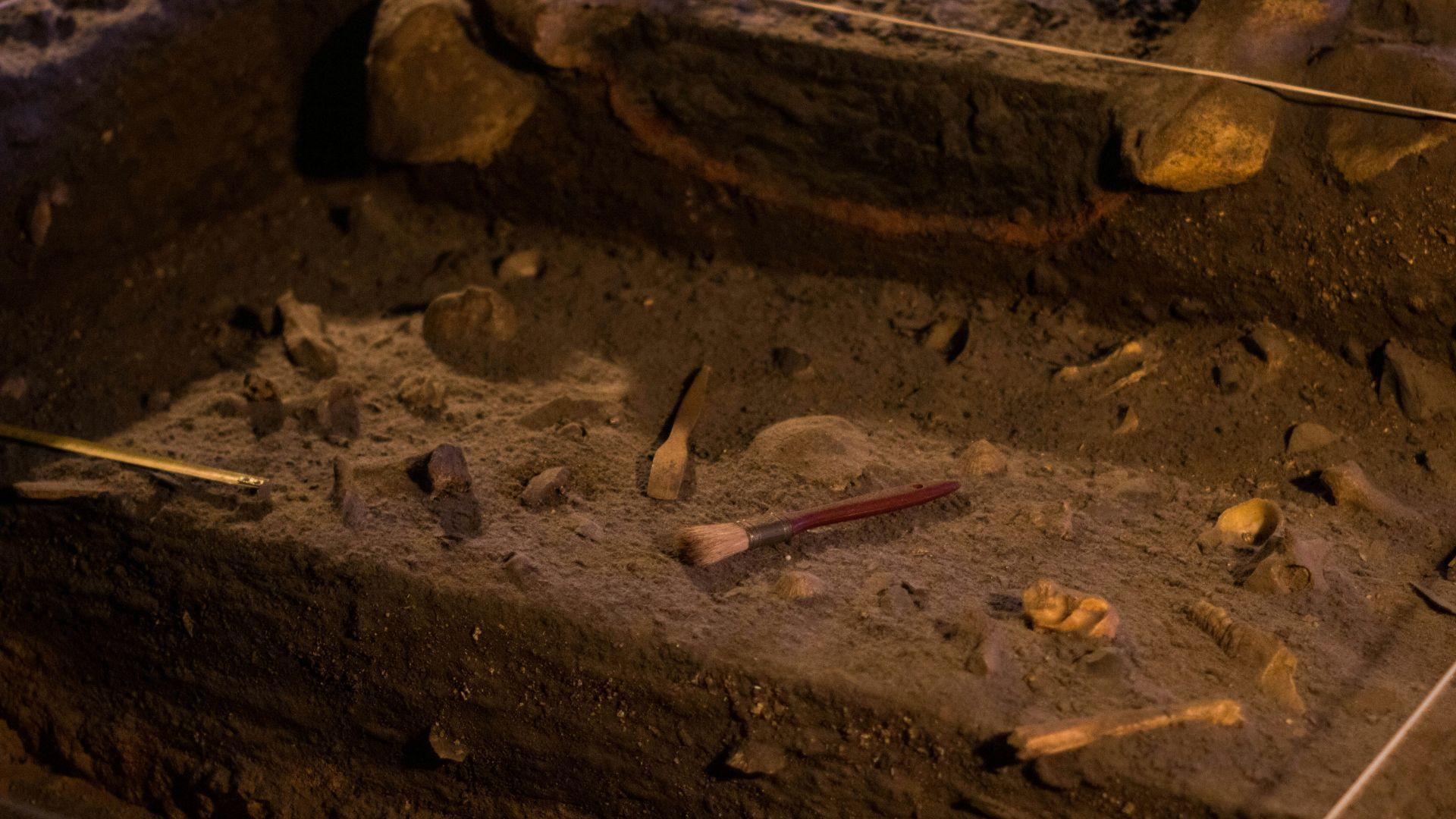
Source: Grianghraf/Unsplash
Instead, we see only Neanderthals coming to live with, and mate with, Homo sapiens. We do not see the reverse, as we do not have DNA data that shows any Neanderthals ever had Homo sapiens offspring or DNA.
Why This Inequality May Have Occurred
Ludovic Slimak, an archaeologist at the Centre for Anthropobiology and Genomics of Toulouse in France, explained that this odd inequality could have been the result of war.
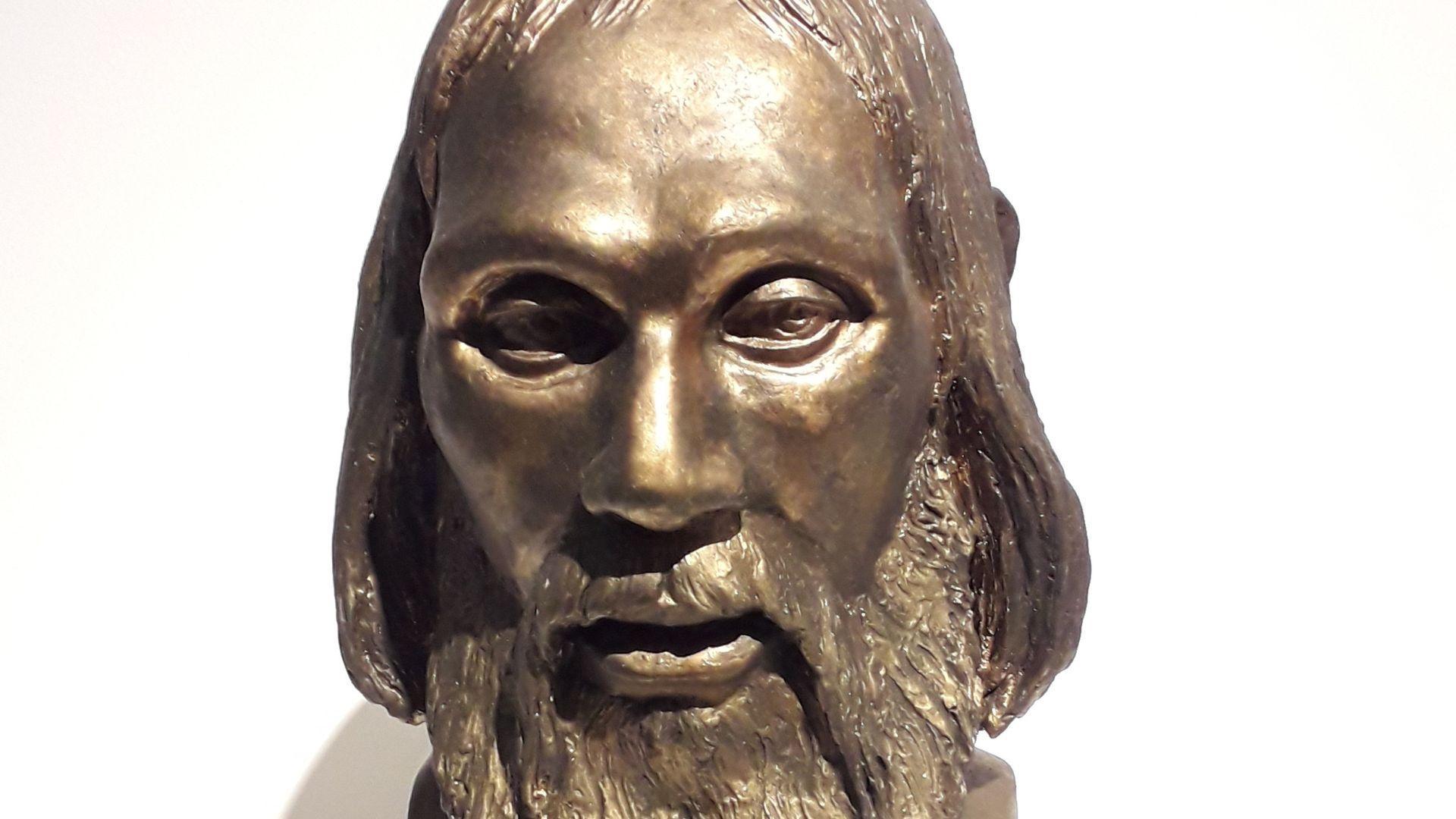
Source: Eunostos/Wikimedia Commons
“Your sister, your Neanderthal sister, will come with me among my sapiens group, but my sister won’t come with you,” he explained. “It’s very rare, but it happens when there’s a total war between two populations.”
Did Homo Sapiens Kill Neanderthals?
Slimak also examined how this could have impacted Neanderthals and their eventual extinction. If ancient Homo sapiens were mating with Neanderthals but also killing them, this would explain why no Neanderthals have been found with sapiens DNA.
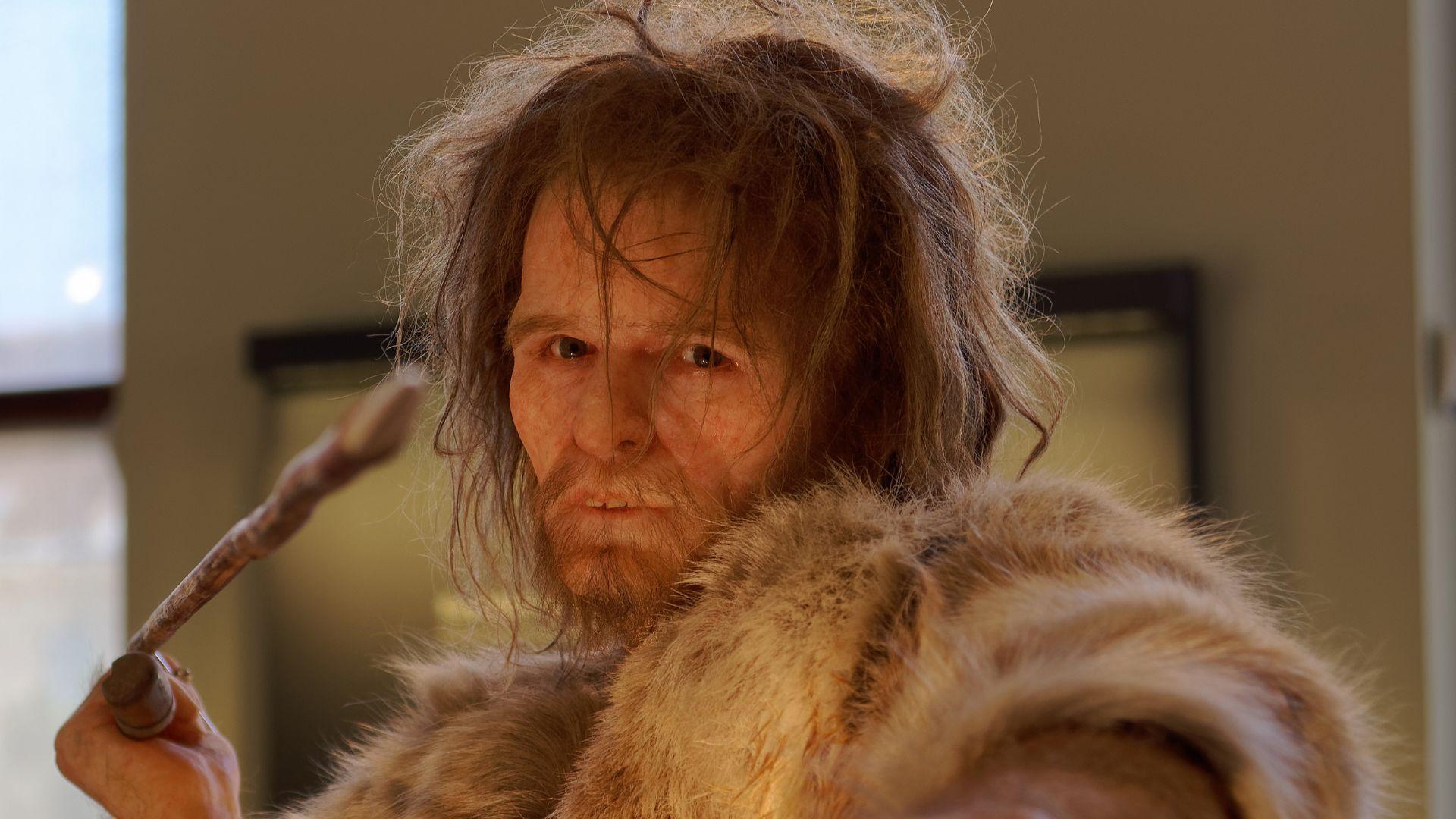
Source: Jakub Hałun/Wikimedia Commons
“And in that case, you consider that the other group are the transgressors of certain taboos and they are no longer humans,” Slimak said. “You will kill everybody, but you will keep the children, the women with you.”
Mating Between Two Species Didn’t Work
However, Slimak also believes that Homo sapiens may not have killed all Neanderthals in a genocide. Instead, he explained that the eventual extinction of Neanderthals could have been a result of failed alliances and mating between them and sapiens.
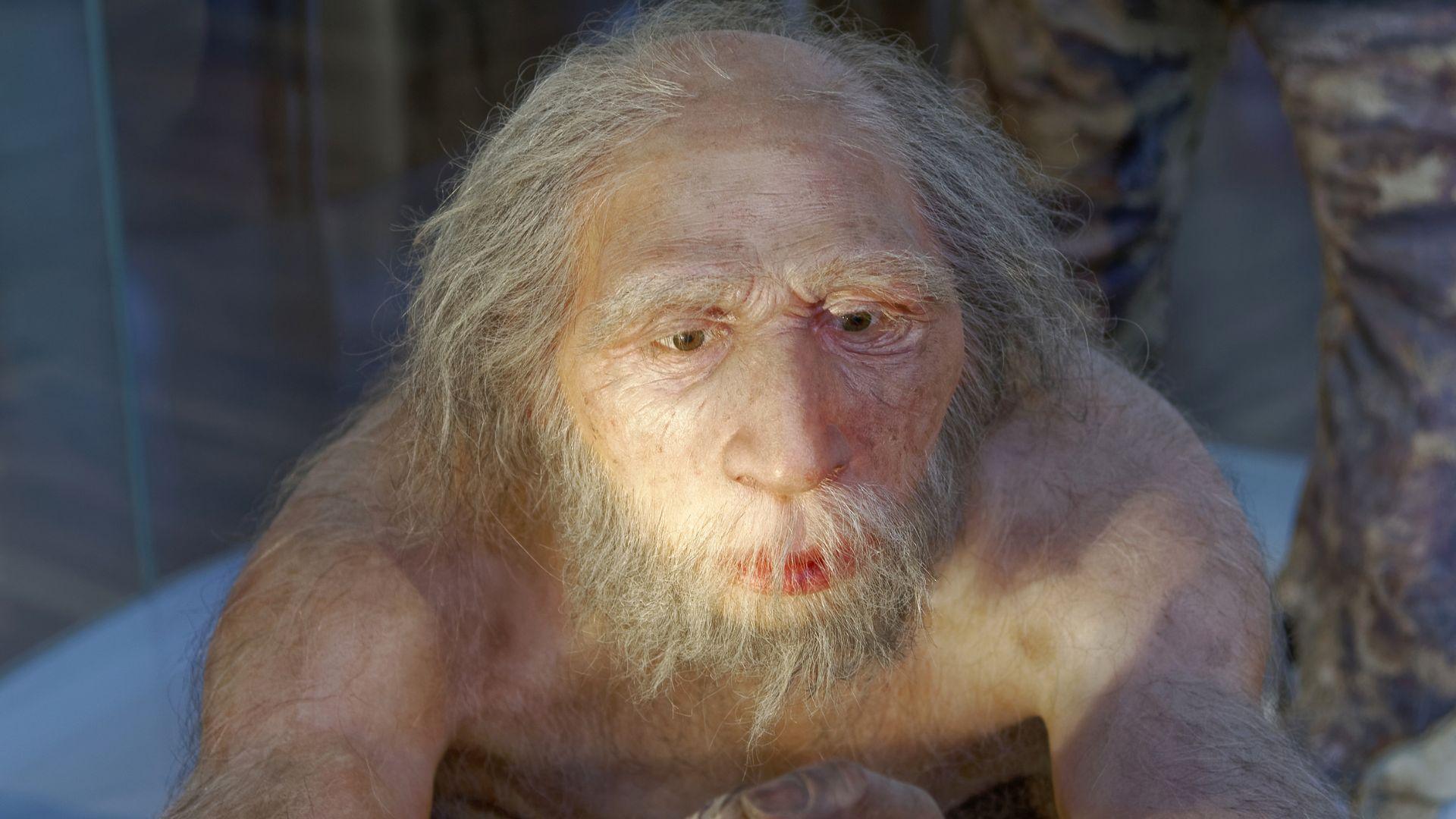
Source: Jakub Hałun/Wikimedia Commons
“What could have happened?” he theorized. “I think that, OK, they have exchanged their sisters. But the genetic differences between the two populations were so important that then they must have tried and it did not work.”
Theories on These Alliances
Slimak theorized that the male offspring of these alliances may have been sterile, or they couldn’t survive in another way to then have children. Therefore, genes and DNA couldn’t be passed on in natural ways through offspring.
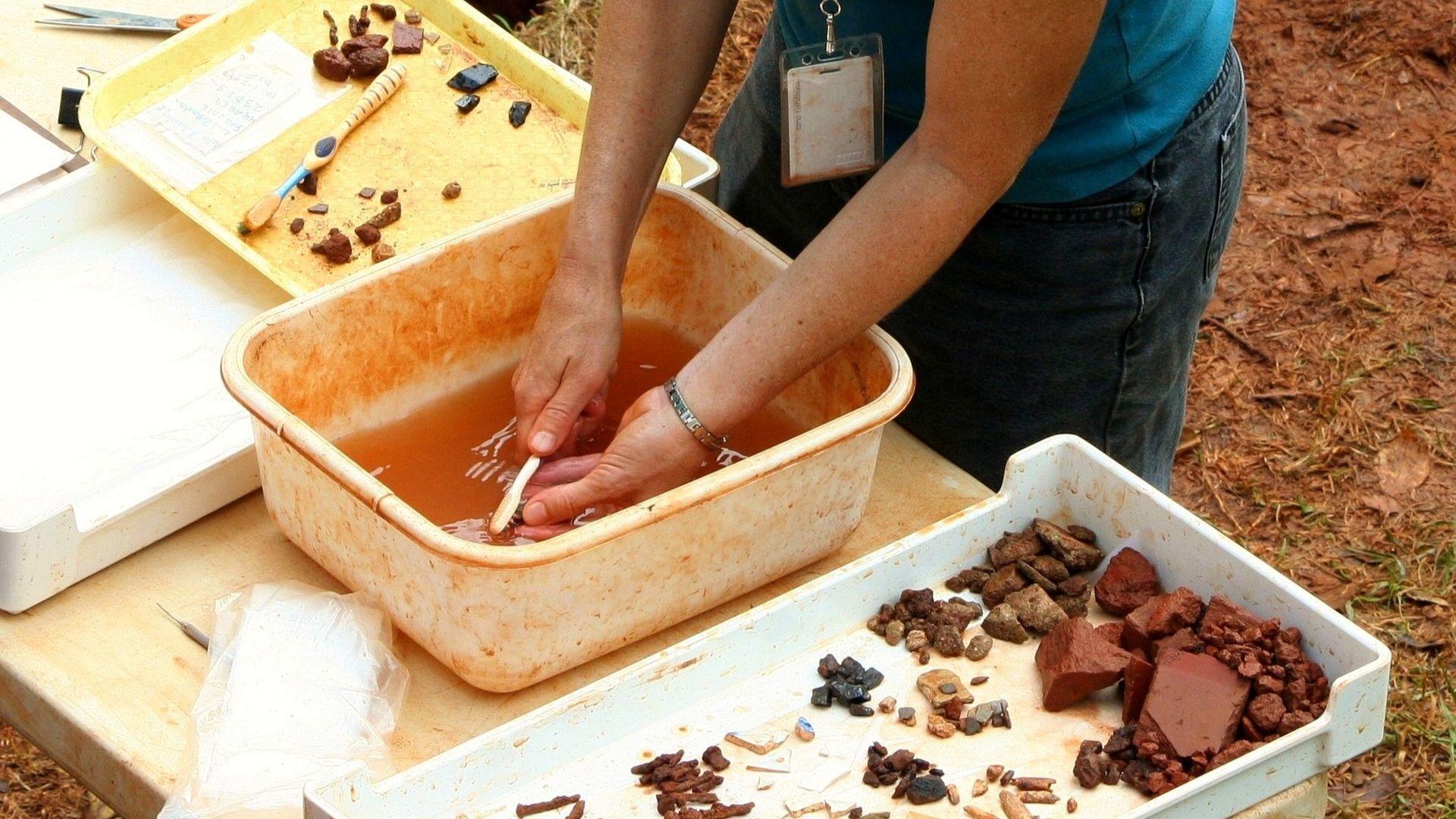
Source: JamesDeMers/Pixabay
As present-day humans carry Neanderthal genes, some level of this mating must have been successful. Slimak speculated that Neanderthal women having female offspring with Homo sapiens resulted in these children passing on Neanderthal genes.
Scientists Continue to Discover New Facts About Neanderthals
Though we’re learning more about the interactions between Neanderthals and Homo sapiens, Slimak warns that we’re still in the process of learning. Nothing is set in fact. For example, scientists are still trying to understand “the value of ancient DNA”, according to Slimak.
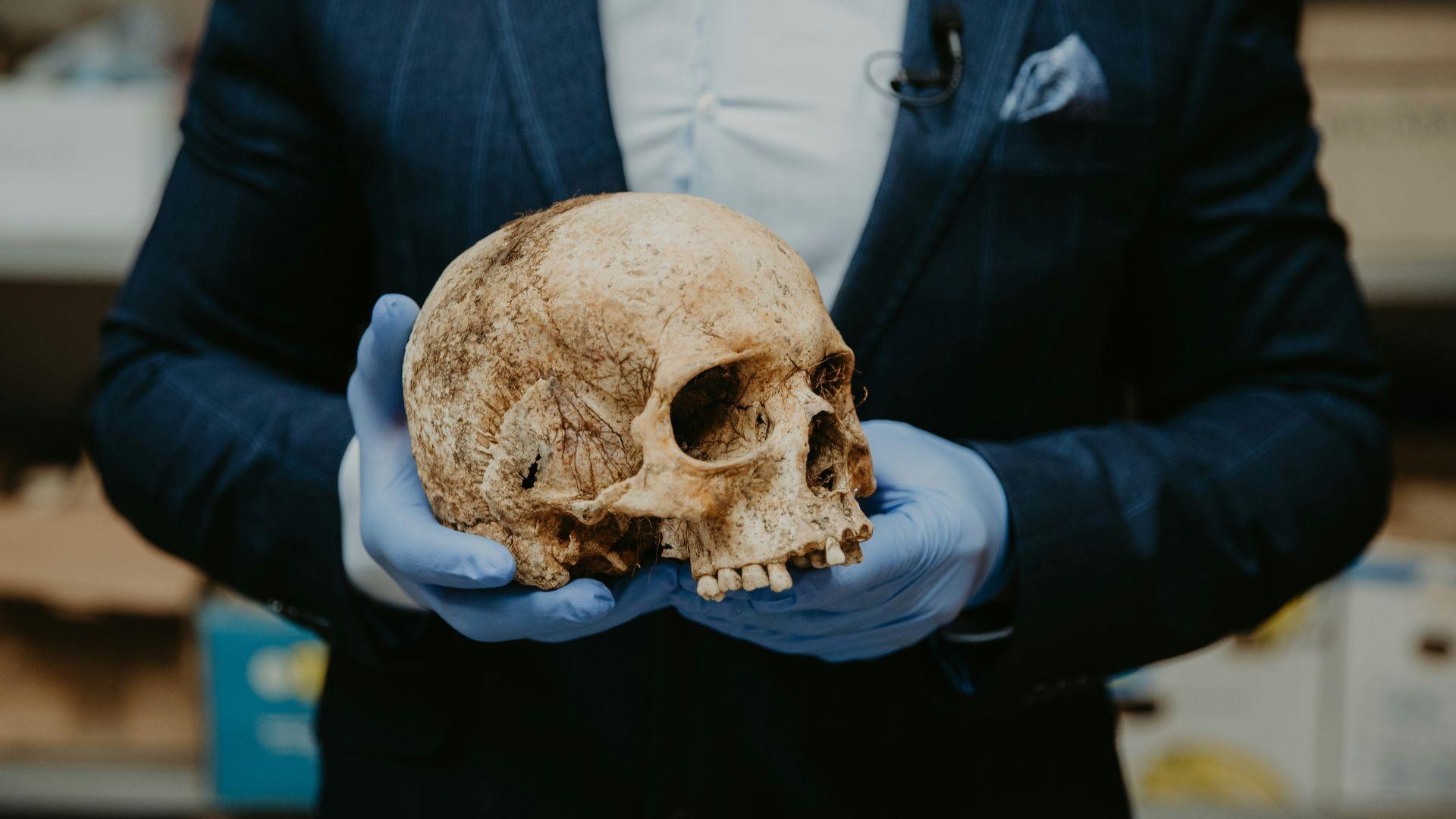
Source: Trnava University/Unsplash
When Neanderthals truly lived is even still being debated. Slimak has found evidence they existed more than 50,000 years ago. New evidence has also shown that sapiens and Neanderthals may have coexisted together for more than 10,000 years. As more fossils are found, the reality of how Neanderthals lived — and died — may eventually be revealed.
